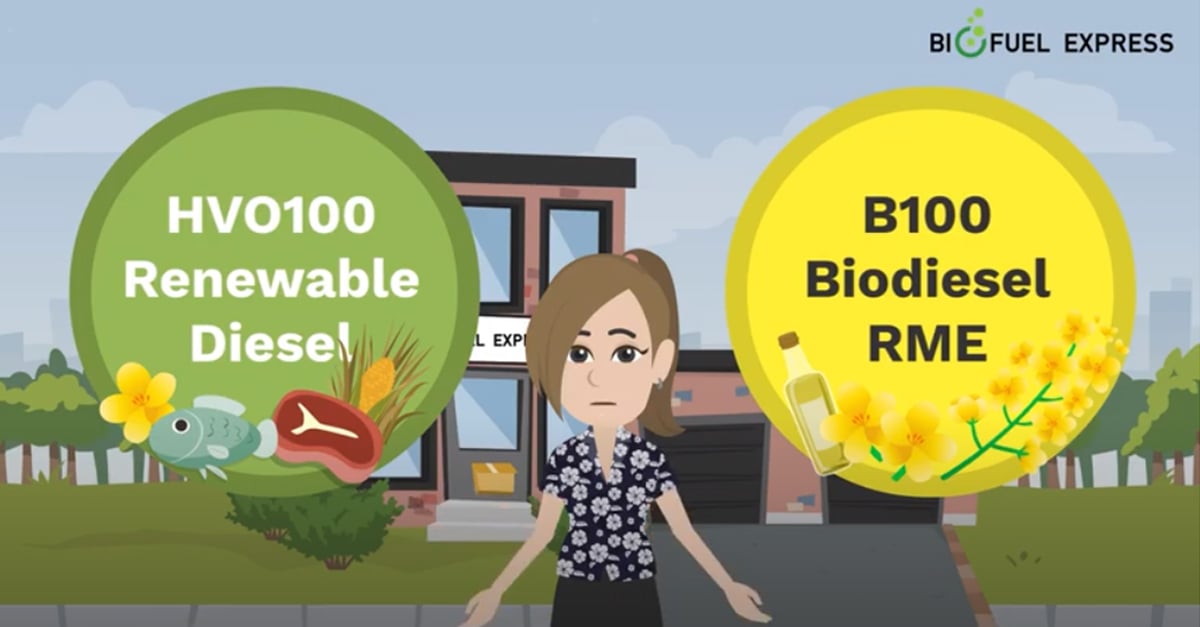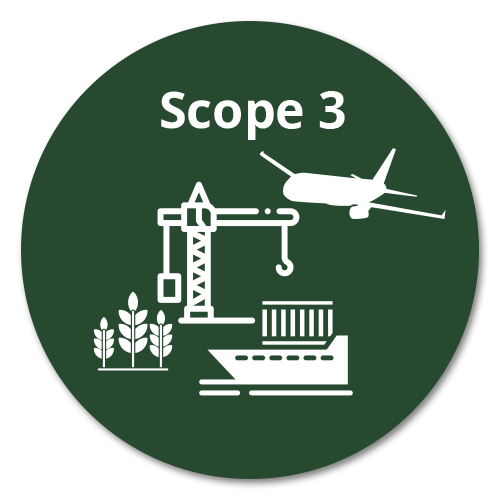

In the realm of sustainability reporting, navigating through the intricate pathways of greenhouse gas (GHG) emissions can be as challenging as it is essential. At Biofuel Express, our mission is clear: to lead the change in decarbonizing the transport sector, arming our customers with the knowledge and tools necessary to make meaningful strides towards a greener future. Central to this mission is demystifying the fundamental principles of GHG reporting, particularly within the transport sector, where emissions play a significant role.
The GHG Protocol, a widely recognized and established framework for corporate GHG accounting and reporting, characterises emissions into three distinct categories known as Scope 1, 2, and 3. These categories serve as the cornerstone for understanding, measuring, and ultimately mitigating emissions across various industries. For Biofuel Express, clarifying these scopes isn’t just about knowledge dissemination; it’s about empowering our customers to make informed decisions that align with their sustainability objectives.

Scope 1 emissions encompass direct GHG emissions that occur from sources owned or controlled by an organization. In the context of the transport sector, this could include emissions from company-owned vehicles, such as trucks or fleets.

Scope 2 emissions pertain to indirect emissions associated with the generation of purchased electricity, steam, heating, or cooling consumed by the reporting entity. While these emissions may not originate from the organization’s operations directly, they are nonetheless a crucial component of its carbon footprint.

Scope 3 emissions represent all other indirect emissions that occur in the value chain of the reporting entity, including both upstream and downstream activities. In the transport sector, Scope 3 emissions could encompass emissions from business travel, employee commuting, and the transportation of goods and services.
Adhering to the GHG Protocol’s three scopes is not merely a matter of compliance; it’s a strategic imperative for organizations committed to sustainability. By describing emissions into these distinct categories, companies can gain a comprehensive understanding of their carbon footprint and identify areas for improvement. Moreover, aligning with these reporting principles enables companies to set meaningful emission reduction targets, engage stakeholders transparently, and drive innovation towards greener practices.
In the intricate landscape of sustainability reporting, clarity is paramount. By unravelling the complexities of Scope 1, 2, and 3 emissions, we want to equip our customers with the foundational knowledge needed to navigate the path towards decarbonization. At Biofuel Express, our commitment goes beyond providing information; we empower our customers to lead the charge towards a more sustainable future, one emission at a time.
"*" indicates required fields